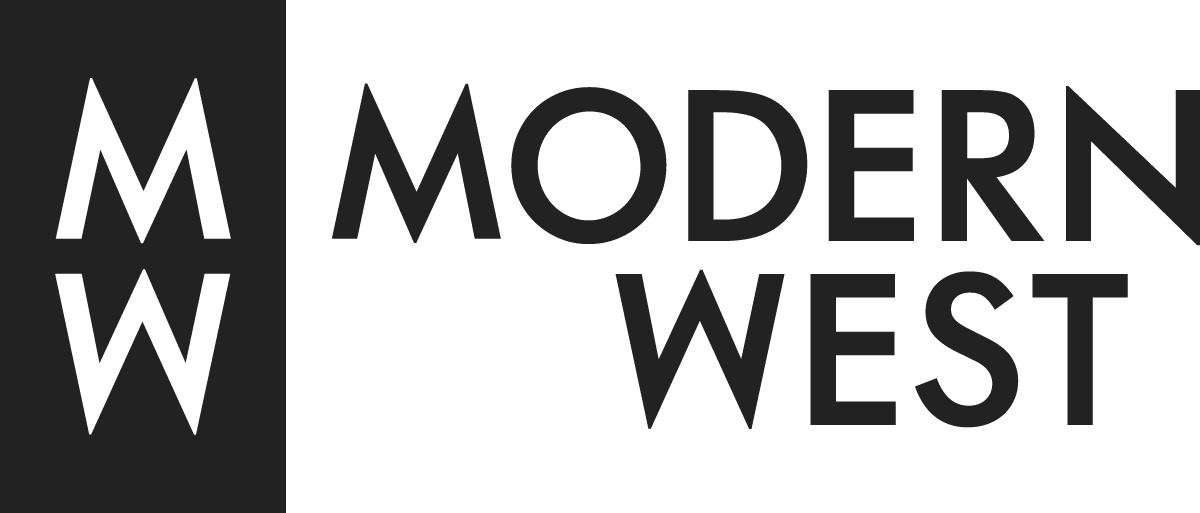
You were born in Salt Lake City and have since moved to Los Angeles. Has your work or creative process changed in moving from Utah to California? Has the shift in culture impacted these things?
I don’t think my process has changed much but, because there is a thriving art economy in LA, I have had many more opportunities to support myself financially with my creative efforts and as a result have much more time to develop my work. The difference in culture between SLC and LA effects the way people see the work more than how I make it. In SLC, a painting may be seen as rebellious, tough, political or even controversial while the same painting might be seen in LA as part of a painting tradition that is more historical than avant-garde.

Your work covers themes of family, tradition and memory. Is your work solely autobiographical? Does it mainly speak to your LDS upbringing? Can you tell us about your piece ‘Bricks and Balloons?’
My work usually begins with an autobiographical impulse, but it never stays solely in that territory and almost never tells a linear autobiographical story. My childhood, and the Mormon culture I was raised in, are definitely a big factor in both narrative and aesthetic ideas that interest me, but again, usually as a springboard or an allegory for more inclusive subjects. Bricks and Balloons is a great example of that.
The photographic image I worked from is a polaroid of my dad, who was a Mormon bishop, with my sister and I sitting on his lap at a church event for teenage girls called “Daddy Daughter Date.” The purpose of the “Daddy Daughter Date” was to teach girls to be “ladylike.” There was an emphasis on dressing modestly, table manners, polite conversation and behaving in a way that is generally thought to be socially acceptable for a girl. What exists in the photo but has been emphasized through my interpretive brushwork, is that both my sister and I inherited features from our dad, but the differences between us are striking. My sister, on the left, has long curled hair. She is preppy, tan, and sporting a wide, freshly lipglossed smile. She is doing the daddy daughter date right! In contrast, my face is a tumble of sullen, over powdered, new wave cynicism. Going on a dinner date with my dad in the church cultural hall was the last place in the world I wanted to be at 13 years old. Writing poetry and sketching gravestones in the SLC Cemetery was more my speed. That’s the autobiographical foundation of the painting.
But built into this image, was a much bigger conversation. Behind my sister’s head you can see a brick wall, a symbol of something stoic, subtle, sturdy, useful, slavishly obedient to the grid, much like my sister. And behind my head, floats a bunch of balloons. A symbol of quite the opposite, something magical, ridiculous, exuberant and fragile.The painting is elevated past a personal meditation, into a public conversation about gender roles, sibling rivalry, patriarchy and how broadly the genetics of one family line can roam.

You just recently retired from teaching painting and drawing at the University of California, Fullerton. How did your teaching methods impact both your practice and your students’ work?
Teaching art is a complicated thing. It’s intensely rewarding at times, with bright, talented student’s refueling my own practice with their questions, challenges, and inspired originality. It can also be a huge drain on your time, and spirit. I think students are intensely burdened with financial, political, and technological complications today. As a result, I believe they need the hope and innovation only an art education can provide more than ever, but it is becoming rarer for students to be able to gather opportunity, resources, and motivation together.
We are honored to partner with LA Louver in presenting Rebecca Campbell's work. Campbell is featured in our exhibition The Modern West, a show which honors artists, all from or having lived in Utah, whose works speak to their identity and practice has infuenced their communities, colleagues and the next generation of creatives. Visit Campbell's artist page to view available pieces.

